Spice Up Your Life: 7 Ginger Secrets from a Thai Kitchen That’ll Blow Your Mind!
Hey spice hunters and flavor explorers! Ready to dive into the zingy, tangy, fiery world of ginger in Thai cuisine? If you’ve ever had Tom Kha Gai or Pad Thai and wondered what gives it that magical warmth, you’re not alone. Spoiler alert: It’s ginger (and maybe a little bit of magic).
Table of Contents
- Introduction
- Ginger 101: What Is This Spicy Rhizome Anyway?
- Why Ginger Rules the Thai Kitchen
- 7 Ginger Secrets Every Home Cook Should Know
- Fresh vs. Dried vs. Pickled Ginger – Which One Wins?
- Pro Tips for Storing & Using Ginger Like a Pro
- Tasty Thai Recipes Featuring Ginger
- Conclusion: Keep It Zesty, Keep It Thai
Introduction
So you want to know how Thai food can pack so much flavor into one spoonful? The secret lies in its spices – and at the heart of it all is ginger. Not just any ginger, but the kind that’s been used for centuries in Thai kitchens to bring dishes to life.
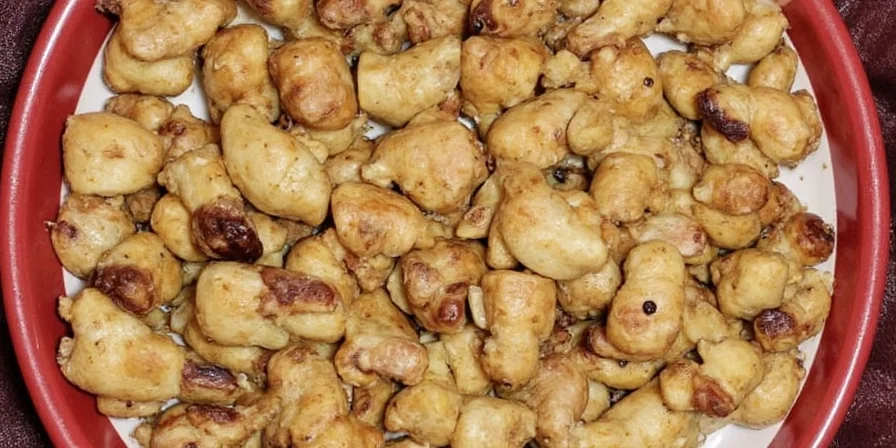
Ginger 101: What Is This Spicy Rhizome Anyway?
Ginger isn’t just your average root vegetable. It’s a rhizome, which means it grows underground like a stem rather than a root. It’s related to turmeric and cardamom and has been used in Asian medicine and cooking for over 5,000 years.
In Thai cuisine, fresh ginger (Zingiber officinale) is king. But there are also dried, pickled, and even powdered versions – each bringing something different to the table.
Why Ginger Rules the Thai Kitchen
Ginger in Thai food does more than add heat – it balances sweetness, enhances umami, and cleanses the palate between bites. Think of it as the unsung hero of Thai soups, curries, and stir-fries.
Here’s why Thai chefs love it:
- It adds aromatic depth without overpowering other flavors.
- It helps cut through rich coconut milk-based dishes.
- Its peppery bite pairs perfectly with lemongrass, galangal, and kaffir lime leaves.
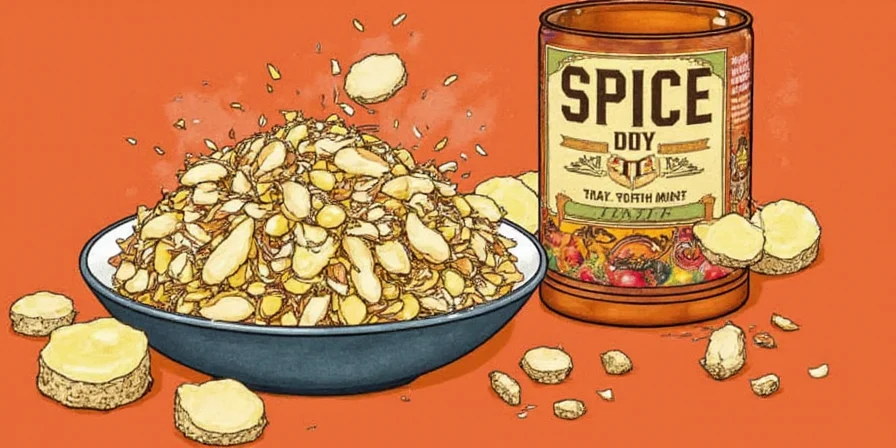
7 Ginger Secrets Every Home Cook Should Know
- Slice it thin, not thick! Thin slices release more flavor when sautéed. Thick chunks don’t infuse properly.
- Use the edge of a spoon to peel it. It’s faster and gentler than a knife or peeler.
- Microwave it? Yes, really. A quick 10-second zap softens it and makes grating easier.
- Freeze it whole for easy grating. Just scrub clean and pop in the freezer. Grate directly into dishes!
- Don’t skip maceration. Let chopped ginger sit in oil or sauce for 10 minutes before cooking to release essential oils.
- Pickled ginger = flavor bomb. Add to salads, noodles, or even cocktails for a tangy kick.
- Less is more… sometimes. Especially if using young ginger, which is milder and juicier.
Fresh vs. Dried vs. Pickled Ginger – Which One Wins?
| Type | Flavor Profile | Best For | Substitute Option |
|---|---|---|---|
| Fresh Ginger | Peppery, zesty, bright | Stir-fries, soups, marinades | Dried ginger (1 tsp = 1 tbsp fresh) |
| Dried Ginger | Earthy, deep, concentrated | Curry pastes, slow-cooked dishes | Fresh ginger (1 tbsp = 1 tsp dried) |
| Pickled Ginger | Tangy, sweet, mildly spicy | Garnish, salads, balance richness | Vinegar-soaked fresh ginger |
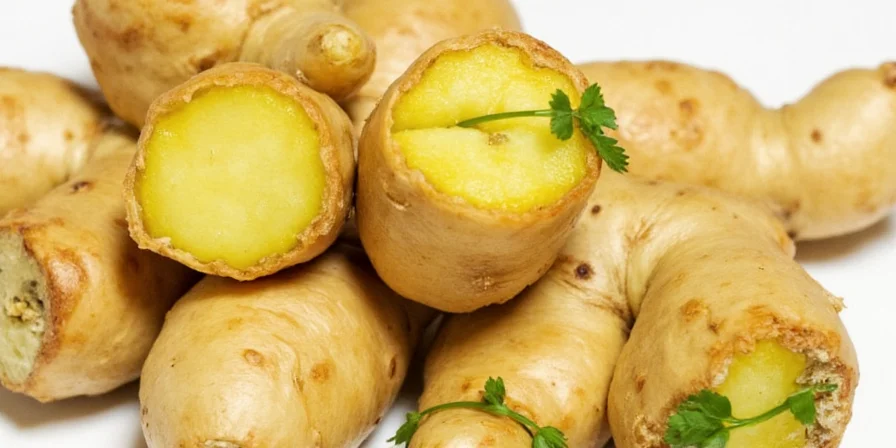
Pro Tips for Storing & Using Ginger Like a Pro
- Store whole ginger in a paper bag in the fridge – lasts up to 3 weeks.
- For long-term storage, freeze grated ginger in ice cube trays with water or oil.
- Want to make homemade ginger paste? Blend peeled ginger with a splash of oil and store in the fridge for up to 2 weeks.
- To keep peeled ginger from drying out, store it in a jar of dry sherry or vodka – it’ll last months!
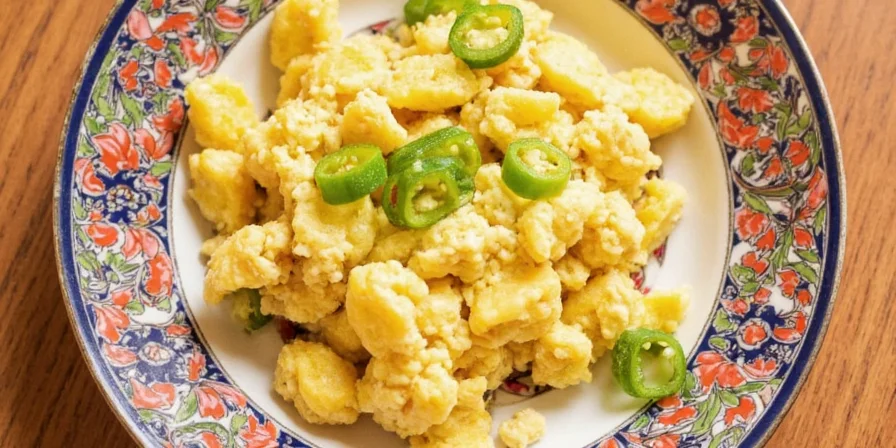
Tasty Thai Recipes Featuring Ginger
- Tom Kha Gai – Creamy coconut soup with chicken, mushrooms, and a punch of ginger.
- Pad Thai with Tofu – Stir-fried noodles with tamarind, bean sprouts, and a sprinkle of fresh ginger.
- Green Curry Paste – Make your own with galangal, lemongrass, and a dash of ginger for extra fire.
- Thai Basil Pork Stir-Fry (Pad Krapow Moo) – Ginger plays second fiddle to holy basil, but trust us – it’s essential.
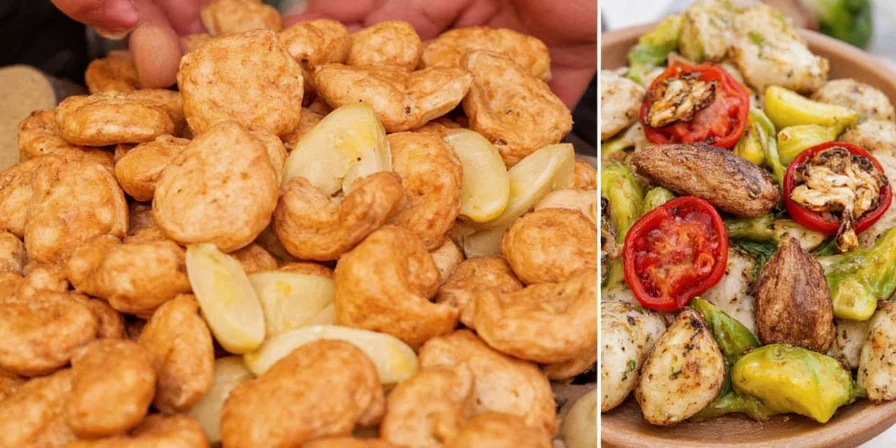
Conclusion: Keep It Zesty, Keep It Thai
So next time you reach for that gnarly piece of ginger, remember – you're holding a piece of culinary history. In the Thai kitchen, ginger is more than just a spice; it’s a flavor enhancer, a health booster, and a cultural icon rolled into one.
Whether you’re grating it, slicing it, or pickling it, let this humble rhizome transform your meals into something truly special. And hey, if you sneeze a few times while chopping – well, that’s just proof you’re doing it right.
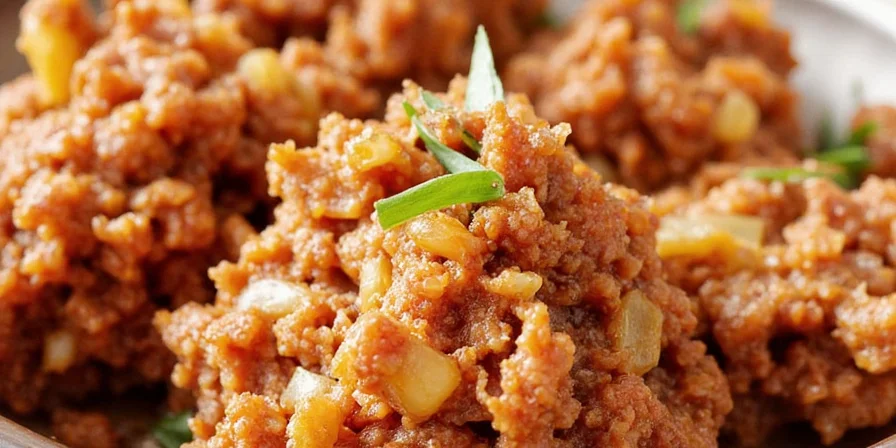











 浙公网安备
33010002000092号
浙公网安备
33010002000092号 浙B2-20120091-4
浙B2-20120091-4